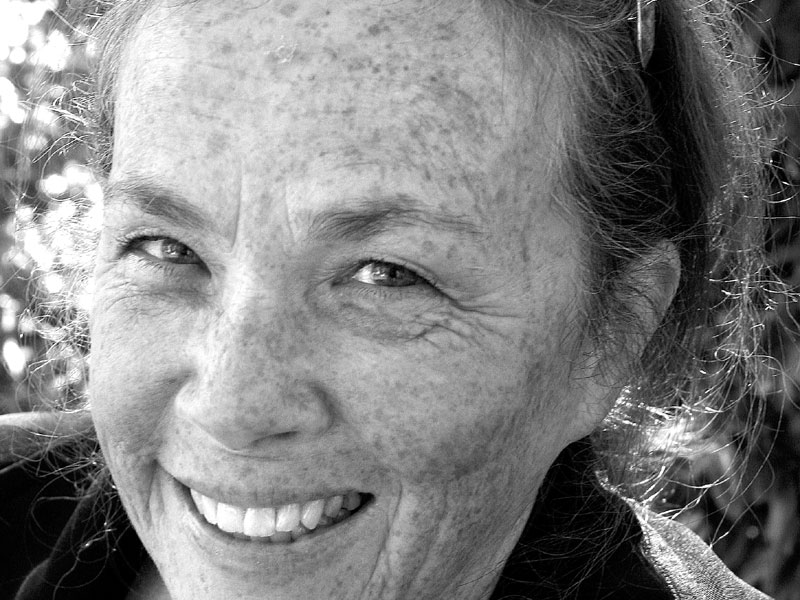Columnists
A nation of nations

Canada Day! It’s been and it’s done. The County put on a great show of Canada Love. LOML and I celebrated quietly with visits from some of the kids and some of their kids. Personally, the older I get the more difficult it is for me to celebrate Canada Day. When I was a kid, it was excitedly referred to as “Firecracker Day”. My family usually celebrated Firecracker/ Dominion Day in our backyard with a massive bonfire, burgers, hotdogs, Freshie, beer for the big kids and homemade cupcakes with way too much icing. When it got dark enough we’d sit on the lawn and watch as my dad and one of the uncles lit the fuses—one by one— and then we’d all cheer as they would run for cover. I’m surprised we all survived and are here to talk about it. On one occasion the beers, and maybe a carelessly tossed cigarette butt, may have had a hand in how that whole box of Roman Candles, The School House, The Poppers and The Fountains set-off at the same time. I remember how the audience of siblings and cousins went wild that night. Oh the squealing and the hooting! All of us laughing, screaming, crying and pointing as an inferno of dazzling lights threatened to blind all of us with the brilliance that is “fireworks”. Mom, and one of the aunties, were horrified. One, or both of them, screaming, “The kids, you idiots!” Dad and one of the uncles laughed until they could hardly stand up. I loved those days. “Us kids” were usually clad in our jammies and jackets. All of us ready to hit the hay after the light show. What’s not to love about that kind of backyard fun? I vowed when I had children of my own they would know those types of occasions. As it turned out, LOML and I never did host our own fireworks event for our kiddies. We were always happy to celebrate at a local park, sitting on a blanket, sippy cups and snacks at the ready, surrounded by our neighbours and our friends—shout out to Hugh and Sue. Our kids ran wild through the park with their friends. Everyone knew everyone else and we all kept an eye on each other’s offspring. Occasionally, LOML and I bought sparklers for the pre-event. And that’s how we rolled in the old days. And then?
And then as an older, semi-retired adult I was fortunate to be able to return to post secondary education with a focus on Canadian Studies. During year three I began to wonder if I’d ever be able to see Canada Day the way I saw it as a kid and then as a young parent. Many of the books on my reading list suggested the Canada I knew and loved was a “nation of nationalities”. Chapter after chapter alluded to how real Canadians were mostly European immigrants looking for a better life in a “new world”. The new world our ancestors settled upon was already home to many Indigenous Peoples. In the late 1990s I was reading about how so many people from other nations came together to create this country, but the literature sorta, kinda forgot about the people who were already here. While Canada Day has become a day of national pride and unity, we cannot forget the cost, the pain, and the unthinkable abuse that Confederation brought. Senator Brian Francis, a Mi’kmaq from Epekwitk, stated, “In this time of immense grief and pain, it is unthinkable to celebrate as if nothing happened.” Further, he stated, “My family and I will spend the day in nature engaging in prayer and ceremony to soothe our heavy hearts and souls, as well as to honour all of the lives lost and those impacted by the violent and coercive actions of the state. We will recommit ourselves to building a better future for our children and our grandchildren—one we can all be proud of.”
As you and I celebrate, we should be aware of who we are as a nation, how we came to be and how we should tell the true story of Kanata. And as a “nation of nations” we should not forget the many nations that were here before “we” arrived. There are fifty Indigenous Nations in Kanata and fifty Indigenous languages spoken. In spite of this, our “Canada” is a nation that recognizes two official languages, and neither of those languages represent the nearly two million Indigenous people. We are “a blend of Indigenous traditions and multicultural influences, emphasizing values like tolerance and respect for diversity. Outdoor activities, politeness, and a sense of community are key aspects of Canadian identity.”

Comments (0)